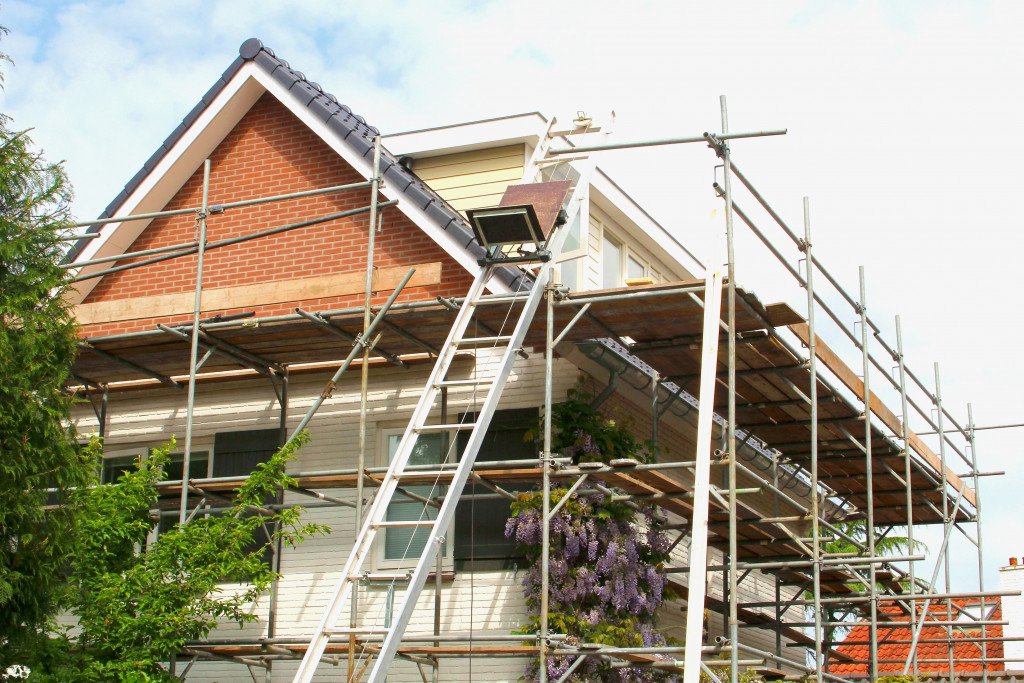Material sciences have come a long way since our ancestors first built the first wood and brick houses. Nowadays, we build skyscrapers and more thanks to modern technology. Scientists are not stopping in their search for better materials, though. Thanks to their dedication, there are some amazing substances out there right now that can revolutionize home construction. Here are some of them.
Nano-cellulose
Plastic is a valuable building material, and it can be very durable. This has made it a favorite of many builders. It also helps that it can be used for various purposes. For example, seamless gutters installation usually use PVC because it is easy to mold into a shape with no leaks or holes. It helps that plastic can also be very tough. The problem is that plastics are incredibly polluting. Making them creates pollutants, and it doesn’t help that they can also be toxic to the environment.
Scientists have been looking for alternatives to it for years now. While there have been many false starts, one fascinating substance seems to have become a hit: nano-cellulose. This material is the complete opposite of plastic in that it can be eaten. But despite it being biodegradable, it shares some properties that make it better than plastic. It is tougher than steel weight and can act like kevlar for bulletproofing. It also can be transparent and be perfectly airtight.
Made from plant fibers, the main obstacle to its use is the fact that it is very expensive to make. Scientists are also still trying to figure out how to maximize it since it is 99 percent water and can become very brittle without treatment. But the future looks bright for it.
Self-healing Concrete

Concrete may sound futuristic, but there have been developments in this particular material. One of its main weaknesses is that when it starts cracking. Though normally durable, concrete structures with cracks quickly degrade because of the water seeping into the concrete. Homeowners with cracked concrete would need to reapply concrete over the cracks.
But things are different now. Scientists recently figured out a way to prevent that from happening and created concrete that can heal itself. The process to do this is by using bacteria that create limestone when exposed to water and air. This can then start sealing off the cracks completely, without needing additional input from anyone. This healing mixture can also be applied externally so that full coverage of cracks is done.
Solar Activated Facade
High-tech materials don’t always mean new substances. It can also mean a unique mix of existing components. A good example of this is the solar- activated facade. This is a cladding system installed on the outside of a home. It seems to be a simple mix of wood and glass, but it is very effective in insulation. It works by having a wood backing that acts as the main insulator while a layer of glass is placed on it to create a thermal buffer. The combination creates incredible amounts of energy savings. Both of these materials are sustainable and very affordable. They are also recyclable, so when you replace them at the end of their operating life, you won’t have to worry.
Pollution Absorbing Bricks
Air pollution is a major issue for any building in an urban area. The usual solution is to have a ventilation system that cleans the air thoroughly and pumps out the bad air. But a unique solution to pollution is the use of pollution absorbing bricks. This is an interesting addition to your building’s ventilation system.
You can combine a unique brick design and recycled plastic coupler to make sure that polluted air is drawn into the brick itself. Inside the brick is a built-in filtration system. The pollutants are separated from the air and dropped down to a hopper at the base of the wall of bricks. Fresh air is then piped out of the brick. If you work with an existing ventilation system, these bricks can filter out 30 percent of the fine pollutants while also removing 100 percent of the coarse pollutants. The main problem with the brick is that it is larger than average. It uses double the space of a normal brick. It also has a higher price. But if there is enough space, it can be worth it.
The home of the future is going to be interesting. With all of the new materials popping up, the house that you can potentially build will have various features that beat current houses. Whether it is better energy efficiency or increased durability, future construction will be a lot different and bring different things to the table.

